Seeking Nelson Mandela in South Africa
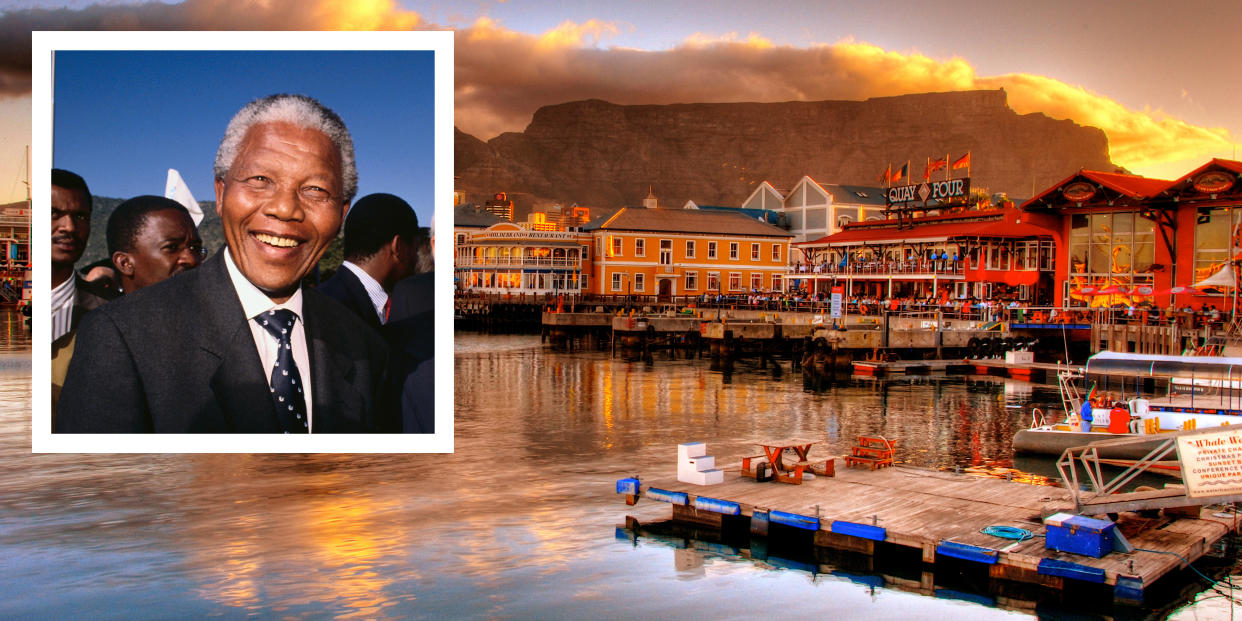
Everyone in South Africa has their own Nelson Mandela story, but Jack Swart’s might be the sweetest. As his chef during Mandela’s final years of incarceration, Swart witnessed his charge’s morning swims, if you can call them that. “He said he could swim. But then he’d jump in and - ” at this, Swart bends at the waist and walks forward in a straight line, blowing loud raspberries. Apparently, this method of “swimming” was how one of history’s great heroes stayed healthy.
Swart started working at Robben Island prison, South Africa’s answer to Alcatraz, when he was just 18 years old. Nelson Mandela was already the island’s most notorious prisoner - it’s where he began his life sentence for sabotage and conspiracy to violently overthrow the government.
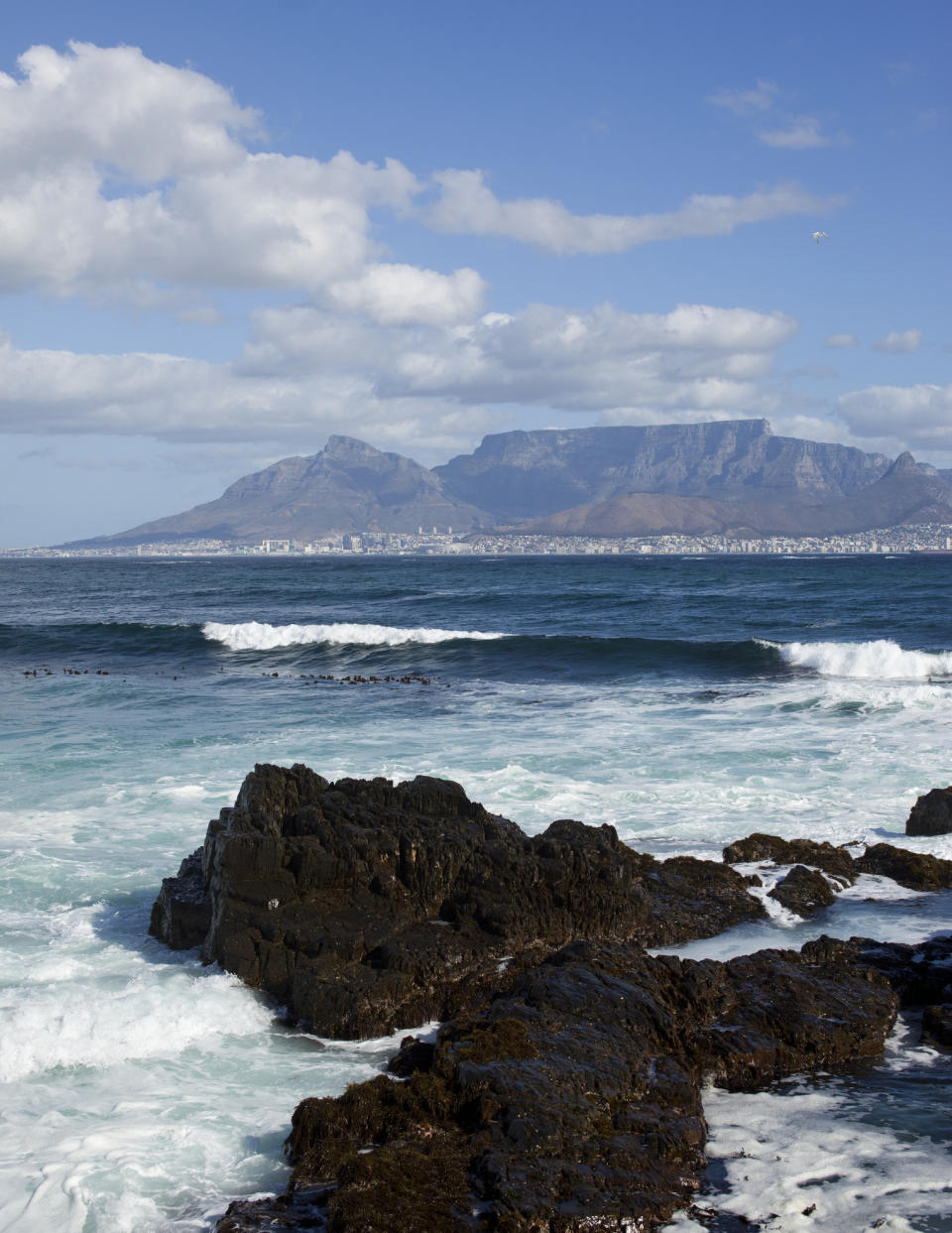
Mandela and other leaders of the anti-apartheid movement were jailed for fighting South Africa’s shameful system of violently enforced racial segregation. The goal of their sentence at Robben Island was not just to punish them, but to put four impenetrable miles between them and their followers.
After 18 years on Robben Island, Mandela was transferred to Pollsmoor Prison for another six years, then finally Victor Verster. Something on an international celebrity by then, Mandela was allowed his own little house at Victor Verster where friends and family could stay (albeit with microphones and two-way mirrors so the government could listen in on his plans).
There, Mandela once again crossed paths with Swart, who in that time had grown from a teenage guard to the head of catering. He was a natural choice to take over as Mandela’s chef.
The white Afrikaaner man cooked for the black revolutionary leader until his release on February 11, 1990. But their relationship transcended the many boundaries between them: Mandela invited Swart and his family to his inauguration as the first democratically elected president of South Africa four years later.
Because every South African has their own Nelson Mandela connection or anecdote, Jack Swart is just one of the many people selling his experience as part of the country’s tourism industry. “Madiba,” as his countrymen affectionately call him, is a cottage industry - one that has only grown since his death in 2013.
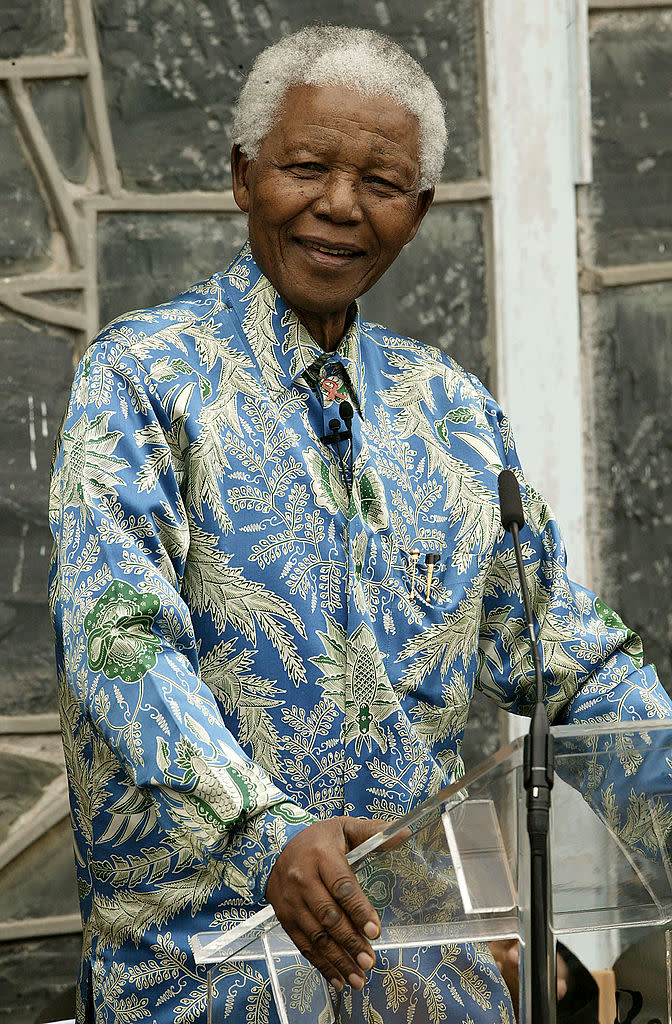
Their currency gets weaker and weaker but that only makes the country more desirable for foreign tourists; number of visitors was up double digits in 2016, while global tourism only grew 3.9 percent. In a geopolitical climate that’s yearning for rational adults, the nostalgia for Nelson Mandela is potent.
Swart’s nine-hour private and highly personal tour of the prisons at Robben Island and Victor Verster (which is now known as Drakenstein Correctional Centre and isn’t open to the public) can be booked through Airbnb. Such “experiences” are the startup’s second-ever product offering: tours or meals or lessons with local experts in a city.
Airbnb found and recruited Swart through their relationship with the Nelson Mandela Foundation, the nonprofit which Mandela found after he stepped down from South Africa's presidency. A tour of the foundation’s museum, Mandela’s office and archives, and a meeting with the current CEO, Sello Hatang, is also in its final stages of planning for launch as yet another for-purchase experience for Cape Town visitors.
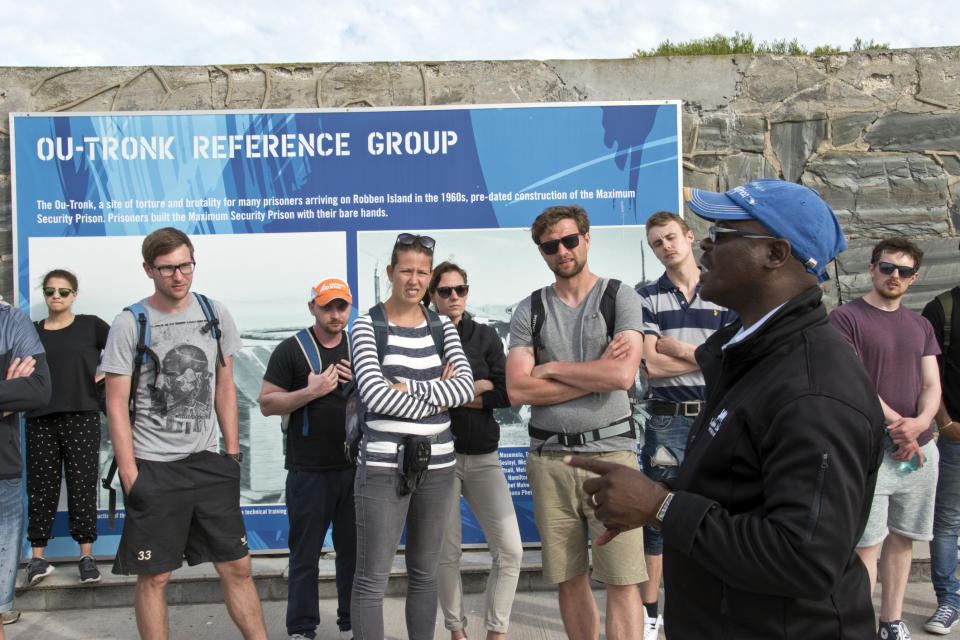
The Nelson Mandela Foundation is located a few miles from the leader’s family home in the township of Soweto, near the Apartheid Museum. There, a visitor will find personal items like his briefcases and calendars, childhood photographs, and a full-scale model of his Robben Island cell built of glass. Anyone can visit the museum, but the archives below are typically private. The Airbnb experience represents the first routine tour of its kind.
Of course, Airbnb isn’t the only game in South Africa. Aside from the Foundation’s museum, Johannesburg also features Mandela’s preserved home at 8115 Vilakazi Street in the black settlement of Soweto (where it’s down the street from the home of fellow Nobel Peace Prize winner Archbishop Desmond Tutu), a two-story bronze statue of Mandela in Nelson Mandela Square, and Nelson Mandela bridge, which produces an LED light show at night.
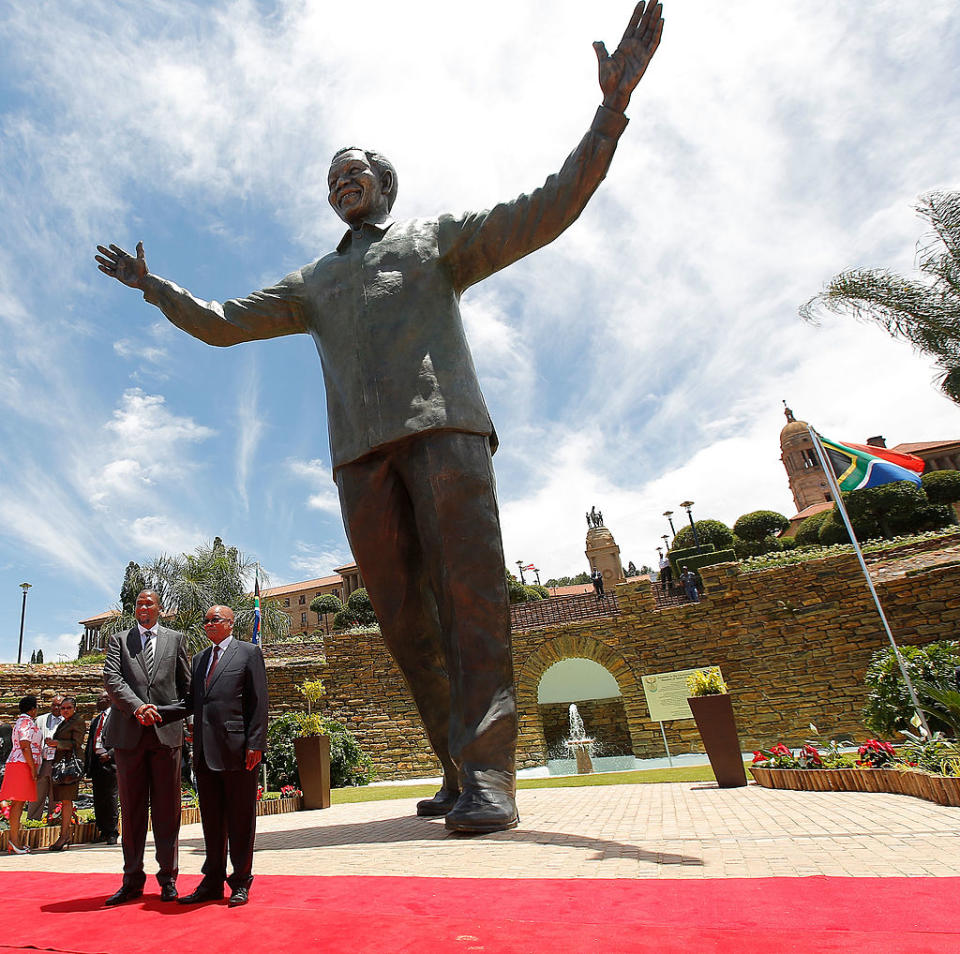
Constitution Hill, an old fort turned courthouse and jail for anti-apartheid activists, is where the eternal “flame of democracy” burns. Visitors can photograph yet another one of Mandela’s jail cells here.
Southeast of the city is the Apartheid Museum, one of the world’s most somber tourist attractions. Tickets are stamped with a racial designation upon purchase, so visitors must immediately enter through gates marked WHITES or NON-WHITES.
From there, graphic videos, texts, and photos demonstrate the horrors of government violence and forced segregation; in one particularly gruesome room, 131 rope nooses dangle from the ceiling to represent those activists executed by the South African government. A looping video of foreign support for the “Free Nelson Mandela!” movement shows a ‘80s-era Denzel Washington in primary-colored t-shirt and activist buttons.
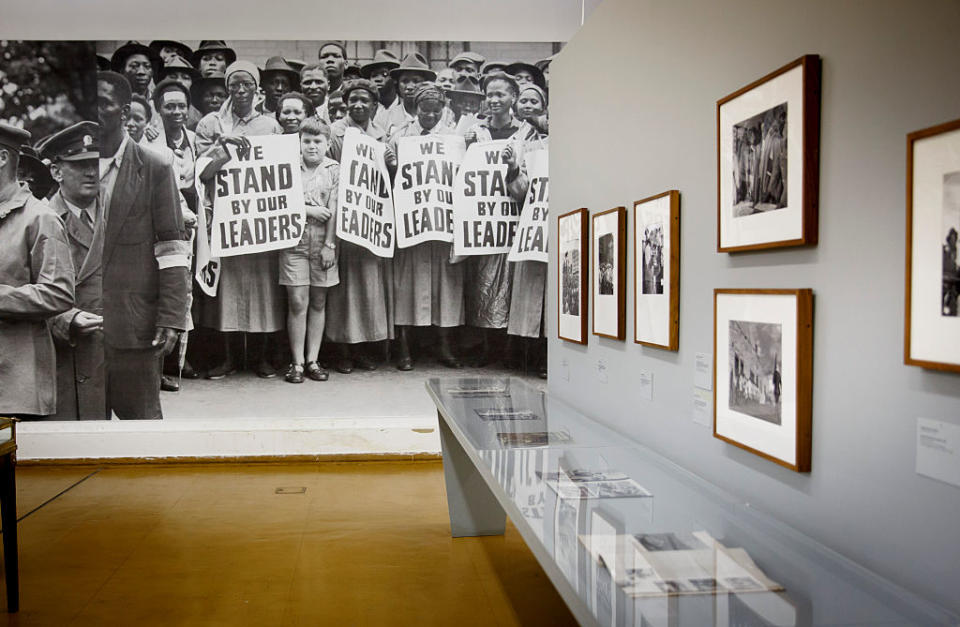
In Cape Town, thousands of visitors take the 25-minute ferry ride to and from Robben Island. Back at the waterfront, there is a museum to accompany a visit, as well as yet another statue of Mandela nearby in Nobel Square. District Six, a neighborhood in the southeastern corner of the city, is where tens of thousands of black citizens were forcibly uprooted, and their homes razed, so that whites could resettle there; the miserable story is captured in the evocative District Six Museum on Buitenkant Street.
Old street signs and suitcases clutter the surfaces of the space, a former church, and of course Mandela quotes and postcards abound.
Mandela is celebrated every day in every corner of South Africa, but the attention begins to ratchet up in July, when posters of his face appear in store windows and yet more exhibitions are planned in the country’s museums. July 18 is his birthday, as well as International Nelson Mandela Day, as declared by the United Nations General Assembly in 2009.
“Everyone has the ability and the responsibility to change the world for the better, and Mandela Day is an occasion for everyone to take action and inspire change,” reads the UN announcement. The Nelson Mandela Foundation has designed the 2017 theme as #ActionAgainstPoverty, encouraging people around the globe to do something, anything kind for the less fortunate and then share their act on social media using the hashtag.
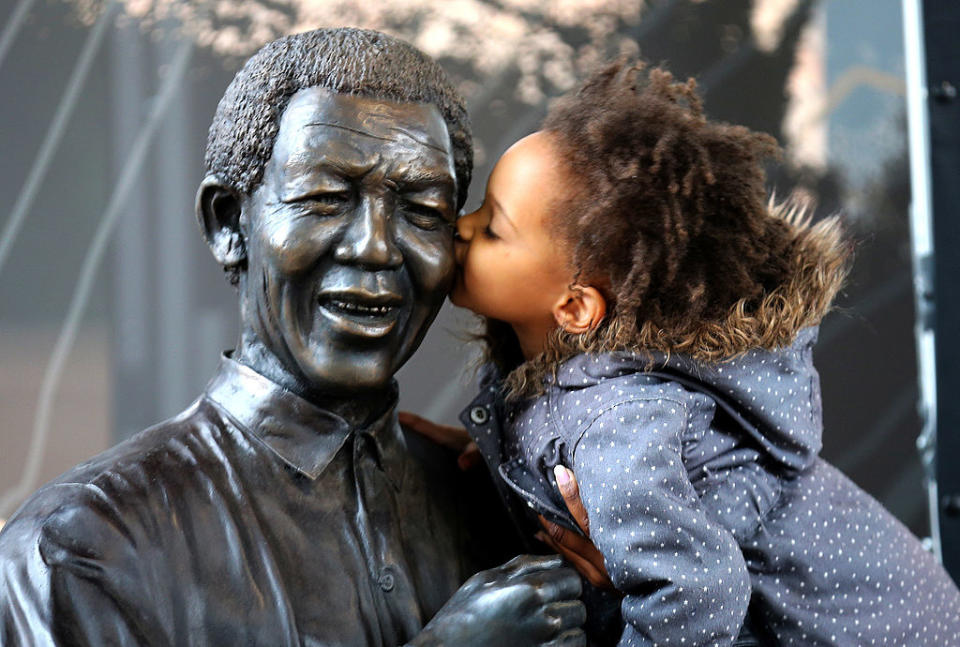
The Mandela Day website allows users to download posters and images of his most inspiring quotes, a sort of meme-ing of Madiba’s legacy. It’s easy to imagine that with all of the statues and museums, the monuments and bridges and poorly executed public art pieces, Mandela will only become more god-like over time. He died in 2013, which means most South Africans still have living memories of him - or, again, happened upon him in a hotel lobby once.
As the appetite for the Mandela experience only grows, it stands to reason that the primary resources - his prison letters, set to be published for his 100th birthday next year, or the old soccer jerseys from the World Cup kept in the foundation’s basement - will become ever more valuable and sought after. It means that experiences and stories like Swart’s demand to be heard while it’s still possible.
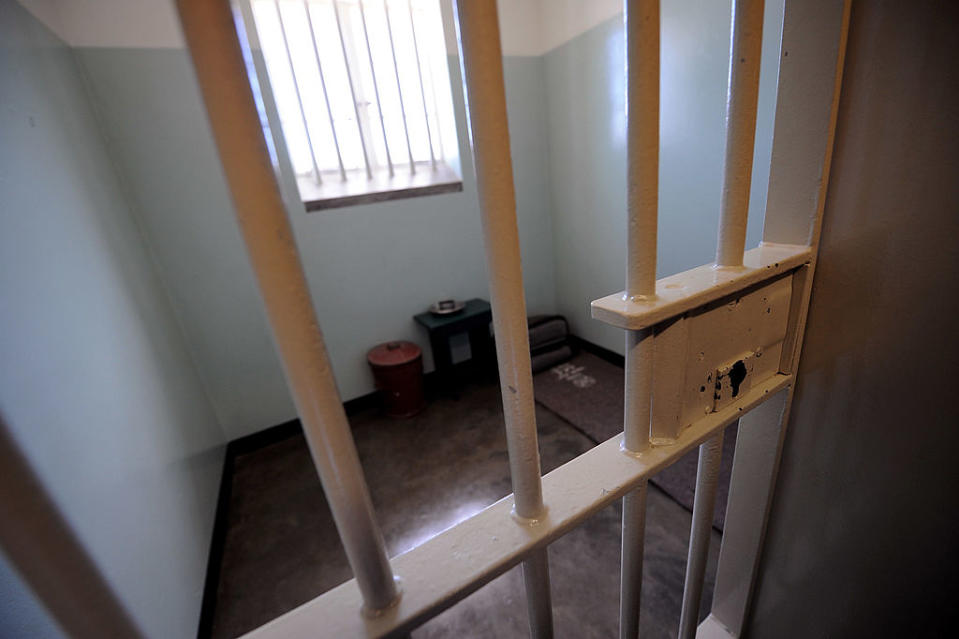
Swart is able to paint Mandela as a man, not a god. That version of Mandela is someone who thought the microwave was a television upon arrival at Victor Verster, as the appliance appeared on the market while he was incarcerated, and who asked his chef to stock only sweet white wines (or “stickies,” as South Africans call them) for his visits with high-level activists and politicians.
Does Swart miss Mandela? He pauses on the tour of Madiba’s oversized bedroom at Victor Verster to consider. “I do. I miss how he would come into the kitchen and say, ‘Good morning, Mr. Swart.” The retired chef pulls out another laminated sheet from his binder of memories, a permanent note from Mandela ordering his morning meal. Dated December 5, 1989, it reads in loopy handwriting: “Please give me a very light breakfast. A few spoons of cereal and milk and nothing more. Nelson Mandela."
You Might Also Like


